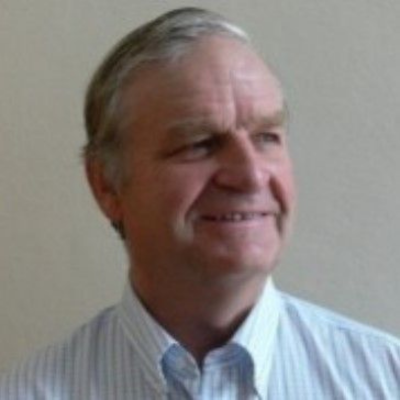 Jon Pemberton
Jon Pemberton
Chairman
machinemonitor®
- South Australia’s leading clean energy transition context and implications for asset management
- Key technical challenges, opportunities and how we are responding
- Key themes of energy transition, digitalisation, and resilience (including reliability)
- Crucial role of electrical engineers, other skilled resources, and how we respond to critical scenarios
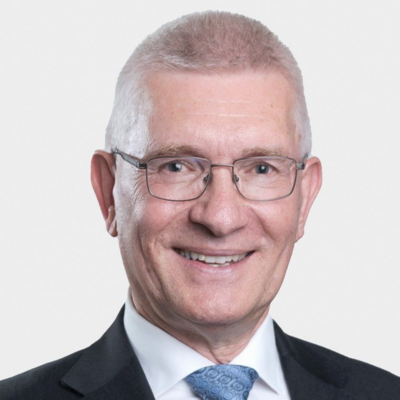 Rainer Korte
Rainer Korte
Chief Operating Officer
ElectraNet
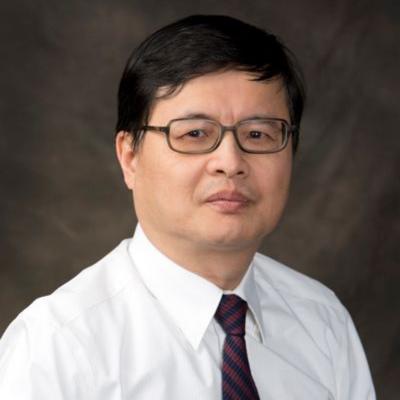 Connor Chan
Connor Chan
Rotating Machines Engineer
Iris Power (Canada)
- What have we learnt in the last decade and what have we changed in the face of the changing landscape of hardware and systems?
- What proactive measures can organisations adopt to ensure continuous compliance with safety protocols?
- What strategies can be employed to minimise disruptions while implementing necessary adjustments?
- How can organisations foster a culture of agility and responsiveness in the face of evolving industry standards?
Moderator:
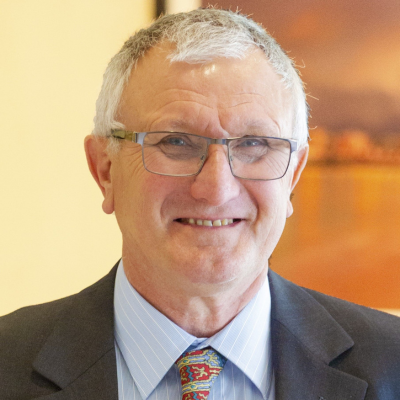 Ron Scollay
Ron Scollay
Principal Engineer
machinemonitor®
Panellists:
 Connor Chan
Connor Chan
Rotating Machines Engineer
Iris Power (Canada)
 Joshua Walker
Joshua Walker
Senior Manager
Transgrid
 Ingrid Fuentes
Ingrid Fuentes
Manager, Network Safety and Risk
Energy Queensland
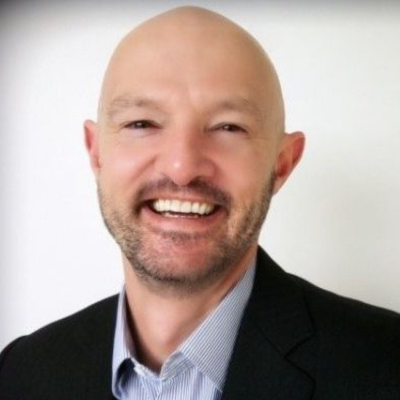 Malcolm Bambling
Malcolm Bambling
Senior Manager Central Power Plant
University of Michigan (USA)
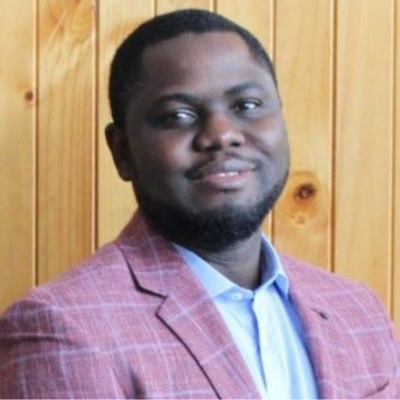 Victor Edo
Victor Edo
Senior Electrical Engineer - Capital Projects
Alcoa
- Prolonging period between outages
- Extending the lifetime and efficiency of aging assets
- Safety standards for hazardous areas
- Detecting submicron particles emitted in the generator’s cooling gas during early phases of overheating or arcing
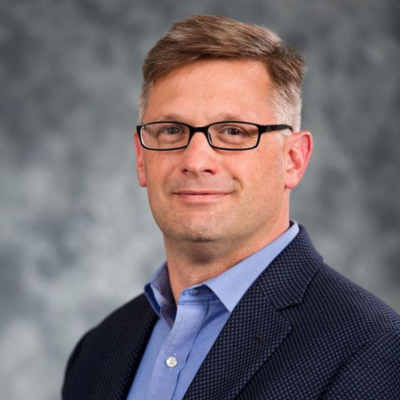 Christopher Breslin
Christopher Breslin
Technical Advisor
Environment One Corporation (E/One) (USA)
- Leveraging advanced diagnostic tools for precise fault detection and analysis
- Enhancing equipment longevity through the continuous application of reliability-centred maintenance
- Fine-tuning how often specific types of machinery should be assessed
- Using RCM to guide decisions regarding equipment repair or replacement
 Victor Edo
Victor Edo
Senior Electrical Engineer - Capital Projects
Alcoa
- How important are the considerations of training, maintenance, and equipment alignment?
- What considerations should be taken into account when tailoring process control strategies to meet specific performance objectives for different types of rotating equipment?
- How should the challenge of meeting specific production targets be balanced against optimising rotating equipment?
Moderator:
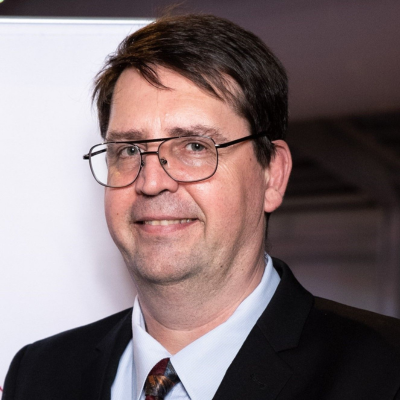 Martin Boettcher
Martin Boettcher
Lead Asset Engineer
Ventia Engineering
Panellists:
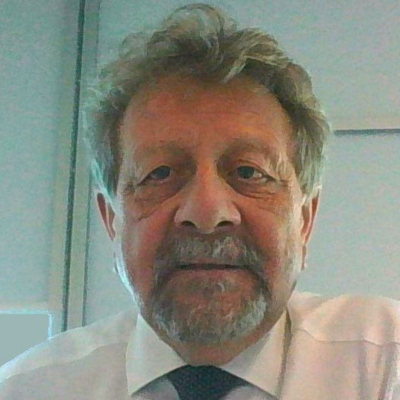 Iain Mackenzie
Iain Mackenzie
Chief Electrical Engineer
Woodside Energy
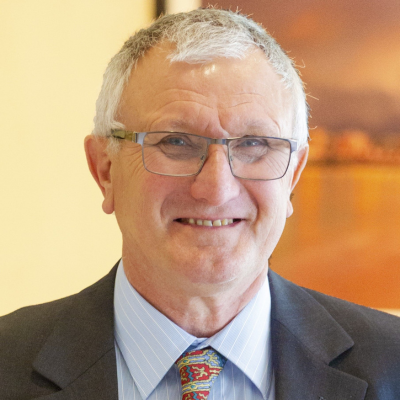
Ron Scollay
Principal Engineer
machinemonitor®
- Understanding the machine design and design stress raisers
- Establishing a method for leveraging the experience gained from addressing operating and maintenance challenges in machines currently, in operation within similar applications
- Identifying the failure mechanisms from the design and application knowledge
 Ron Scollay
Ron Scollay
Principal Engineer
machinemonitor®
- What is a digital twin technology and how can digital twins solve problems in asset management?
- How to design a digital twin leveraging current AI tools
- Case study: a power transformer digital twin
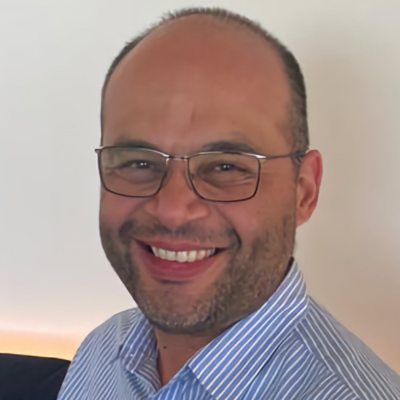 Carlos Gamez
Carlos Gamez
Founder and Director
Nova Energy Consulting
Designed to stimulate discussion, each roundtable will run for 30 minutes (and then repeat), giving attendees the options to participate in any 3.
ROUNDTABLE 1: Reliability of electrical machinery in renewable energy
Facilitator:
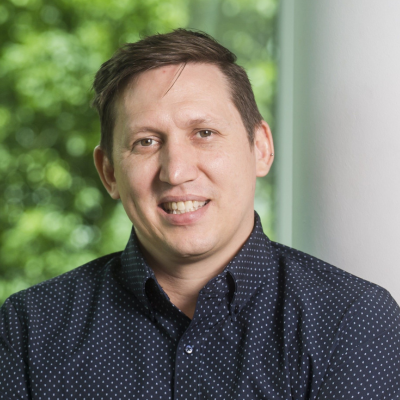 Dane Thomas
Dane Thomas
Manager Isolated Networks
Energy Queensland
ROUNDTABLE 2: Advances in AI and maintenance for electrical machinery
Facilitator:
 Luca Garagnani
Luca Garagnani
Chief Operating Officer, OptMonitor
machinemonitor®
ROUNDTABLE 3: Digital twins and their role in optimising maintenance planning
Facilitator:
 Carlos Gamez
Carlos Gamez
Founder and Director
Nova Energy Consulting
ROUNDTABLE 4: Security of our Critical Infrastructure – How resilient are our physical facilities?
Facilitator:
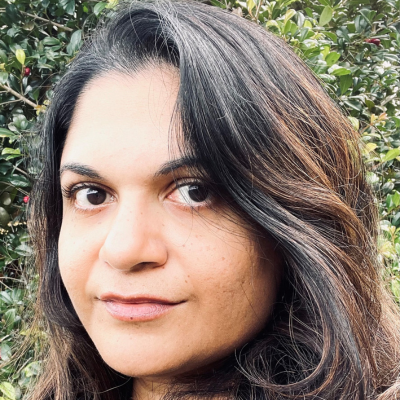 Praema Ranga
Praema Ranga
Product Services Manager
Boeing Defence Australia
ROUNDTABLE 5: Best in class – Systems and processes for reliability maintenance planning
Facilitator:
 Martin Boettcher
Martin Boettcher
Lead Asset Engineer
Ventia Engineering
ROUNDTABLE 6: Safety and risk management
Facilitator:
 Malcolm Bambling
Malcolm Bambling
Senior Manager Central Power Plant
University of Michigan (USA)
![]()
The official Machines dinner is the perfect opportunity to network, unwind and socialise with industry peers during your time in Melbourne. We’re creating a night of food, fun and entertainment to rival the best Machines Dinners in our 2-decade history. Open to Machines delegates only, there’s no extra cost - it’s part of your ticket!
You’ll enjoy:
- 3 course meal with wine, beer or softies hosted at the Pan Pacific Hotel
- Fun trivia to get you laughing and thinking
- Live entertainer to get you out of your seat
- A dress code of Hawaiian Shirts to match the fun, casual mood.
Time: 6.30pm - 10.30pm
Where: Pan Pacific Melbourne Hotel, 2 Convention Centre Place South Wharf, Melbourne Victoria 3006 Australia

